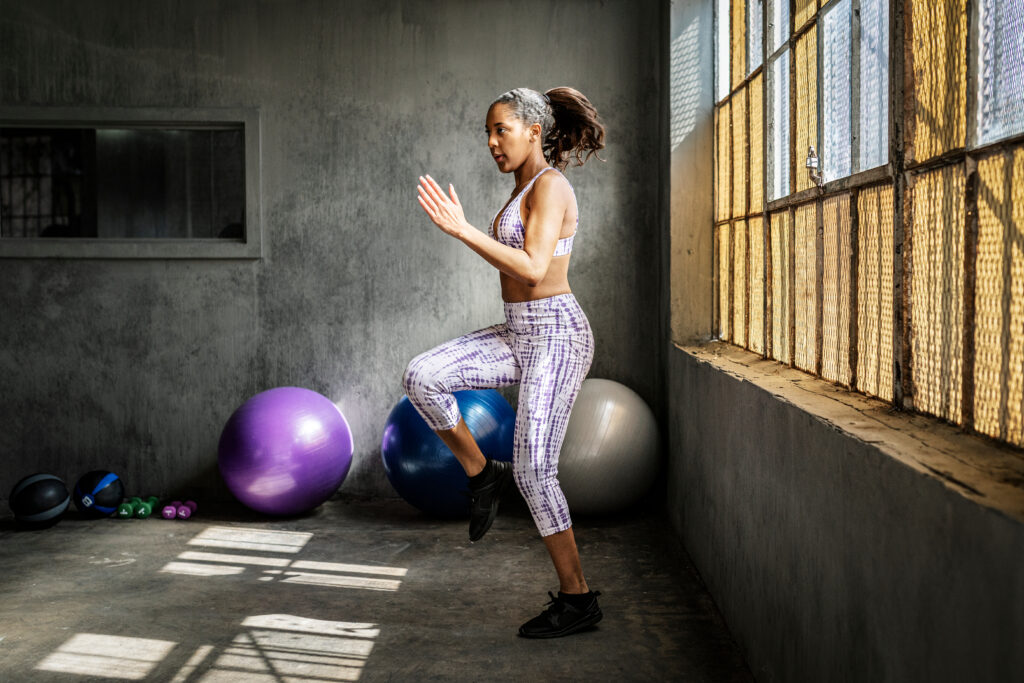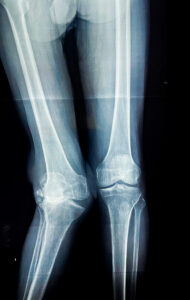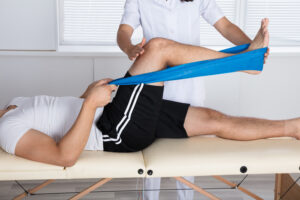How To Reduce Knee Pain – Keep Active and Strong

 Our osteopaths in Bath treat knee pain pretty much every day, we use various methods including manual therapy, acupuncture, and exercise to help people with all levels of pain to get back on their feet. Someone recently asked us what are the most important things to know about getting rid of knee pain, this got us thinking about what would be the vital things that patients would like to know about how to keep their knees pain-free. So to help with this below are our 5 top tips on knee pain, spoiler – they are all based around activity and strength as that is what is most effective!!
Our osteopaths in Bath treat knee pain pretty much every day, we use various methods including manual therapy, acupuncture, and exercise to help people with all levels of pain to get back on their feet. Someone recently asked us what are the most important things to know about getting rid of knee pain, this got us thinking about what would be the vital things that patients would like to know about how to keep their knees pain-free. So to help with this below are our 5 top tips on knee pain, spoiler – they are all based around activity and strength as that is what is most effective!!
1 – Understand your knees! Knees are basically large hinges that bend when you squat down, however, they also do a small amount of rotation and side bending to help accommodate various movements. The ability to control the rotation and side bending movements are mainly derived from muscles in the thigh and lower leg. When the knee is straight its stability is provided by the cartilage in the centre of the knee joint, when the knee is bent it relies on muscular and ligamentous structures to maintain its pain-free functioning (1). So if you have pain when you bend your knee then you will probably need to be stronger somewhere!
2 – Activity, activity, activity! – Nearly all the evidence for helping with knee pain points to an increase in activity as consistently being the most useful intervention. You may think that if your knees are sore then you shouldn’t be using them but this is not true. The crux of the matter is finding an exercise that you can do within pain tolerable limits that do not worsen the pain in the short to medium term. For example, if a runner cannot run without increasing their pain but can walk and hike with no issues then that is what they should do until their issue can be sorted out. Sufferers of  osteoarthritis in their knees may not be able to walk far without increasing their pain but swimming and walking regular short distances will help keep the pain levels down and maintain fitness. Finding an exercise that you CAN do and will be happy to do so regularly will help keep your knees healthy and hopefully pain-free. Appropriately chosen exercises have been shown to benefit knee pain and function in people of all ages and with all levels of pain and disability! (2).
osteoarthritis in their knees may not be able to walk far without increasing their pain but swimming and walking regular short distances will help keep the pain levels down and maintain fitness. Finding an exercise that you CAN do and will be happy to do so regularly will help keep your knees healthy and hopefully pain-free. Appropriately chosen exercises have been shown to benefit knee pain and function in people of all ages and with all levels of pain and disability! (2).
3 – Remember that the causes of knee pain can be in distant places. As we said earlier, knees are basically a big hinge, what keeps that hinge functioning well is the strength and stability that the joints around them supply. The two nearest joints to the knees, the hips, and the ankles have the biggest impact on how a knee will perform but the muscles of the abdomen also play a large part. The most common example of how the hip and its performance can affect the knee is seen in what is known as a valgus knee pattern. This is where one or both knees are forced by weakness in the muscles of the hip, ankle, and trunk to drift towards the midline of the body when weight-bearing). This type of biomechanical pattern is implicated in several painful knee conditions such as patella tendonitis, patella-femoral pain syndrome, and knee osteoarthritis (3). So if you have knee pain it is highly recommended that you get a full biomechanical assessment from an expert to see if you have any weakness in the surrounding joints that may be changing how the knee performs.
4 – Your knees must be strong enough to do the tasks asked of them. Think of what you are asking your knees to do, if you garden a lot then your knees will have to be flexible enough to squat deeply to get down to flower beds, if you run then the muscles of the whole body must be strong enough to cope with the multiplication of forces that running demands. Often people come to our clinic for help with knee pain after they have already been to see someone who gave them basic exercises that have helped a bit, but when they tried to go back to sport or other activities, they still had pain. Most commonly this is due to not taking the rehabilitation process far enough into functional activities like single-leg exercises that mimic daily tasks, or endurance activities such as walking on hilly terrain. The opposite is also commonly seen, in that a person has been given exercises that are too advanced for them to start with meaning the knee cannot cope with the load being asked of it and it continues to produce pain. In this instance, it would be necessary to investigate which specific muscles and joints are not supporting the knee and go back a step or two to more basic exercises (4).
or endurance activities such as walking on hilly terrain. The opposite is also commonly seen, in that a person has been given exercises that are too advanced for them to start with meaning the knee cannot cope with the load being asked of it and it continues to produce pain. In this instance, it would be necessary to investigate which specific muscles and joints are not supporting the knee and go back a step or two to more basic exercises (4).
5- Don’t believe common myths about knees! The most common one is that running will wear out your knees, this is not true. As stated earlier knees are stabilized by the muscles of the thigh, these muscles also distribute force in the knee meaning it is not the cartilage that takes the impact in a strong knee meaning the joint structure is protected from damage. In fact, runners are 50% less likely to need a knee replacement due to osteoarthritis than non-runners (5).
Do you want to know what is causing your pain and if we can help? Why not take advantage of our new patient assessment introductory offer to get you started towards a tailor-made recovery plan for only £19.
Are you in a lot of pain and want to get better as soon as possible? If so then why not book in for a new patient consultation, with treatment on the day, for £75.
References
1 – Levangie, P. and Norkin, C. (2005) Joint Structure and Function: A Comprehensive Analysis (4th ed). F. A. Davis, Philadelphia.
2 – Ransen et al (2015). Exercise for osteoarthritis of the knee. Available at, http://onlinelibrary.wiley.com/doi/10.1002/14651858.CD004376.pub3/abstract.
3 – Carnes, M, & Vizniak, N. (2011). Conditions Manual. Professional Health Systems, Canada.
4 – Malliaras P, Cook J, Purdam C, Rio E, (2015). Patellar Tendinopathy: Clinical Diagnosis, Load Management, and Advice for Challenging Case Presentations. The Journal of Orthopaedic and Sports Physical Therapy. Sep:1-33.
5 – Timmins, K. A., Leech, R. D., Batt, M. E., & Edwards, K. L. (2017). Running and Knee Osteoarthritis: A Systematic Review and Meta-analysis. The American journal of sports medicine, 45(6), 1447–1457.
